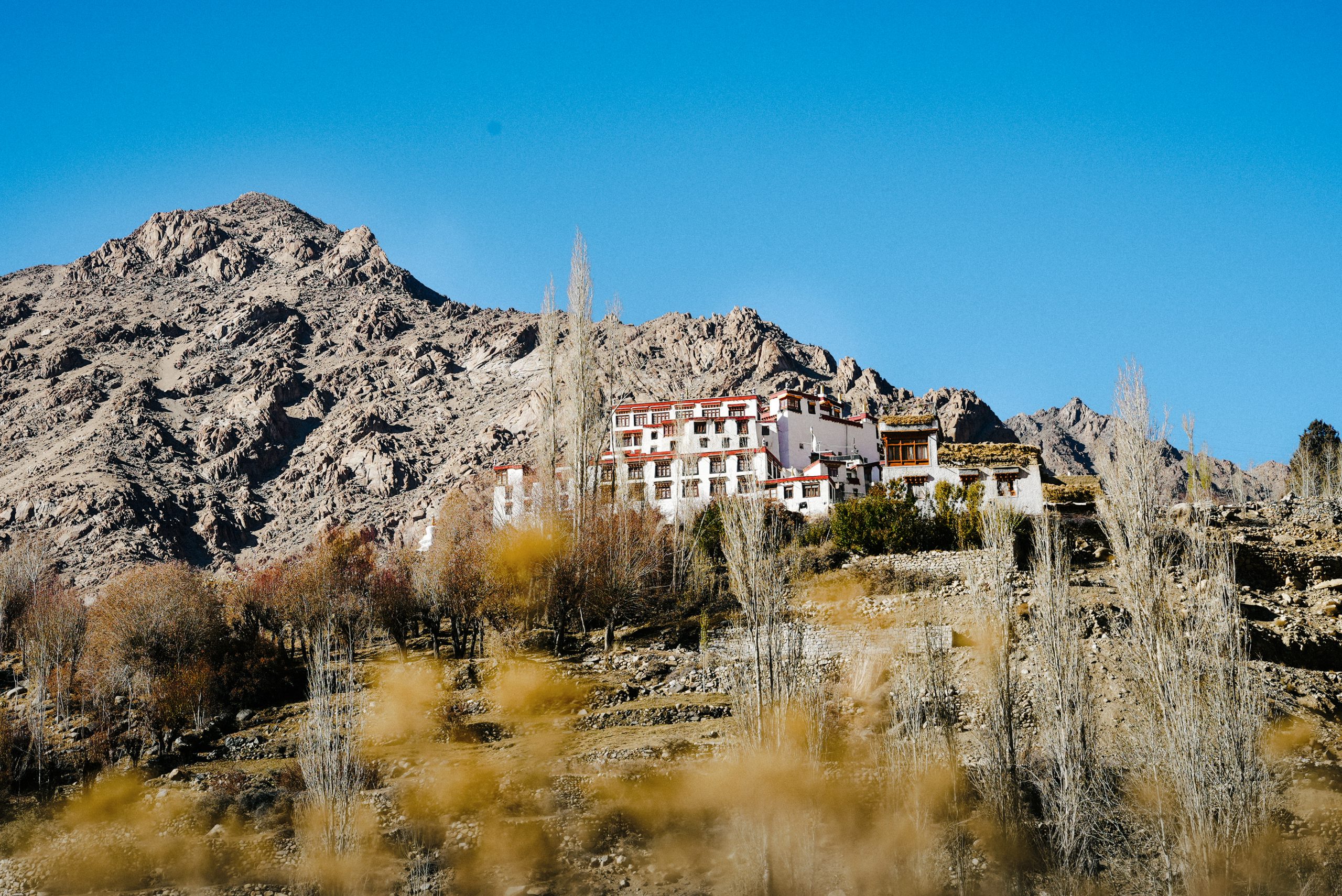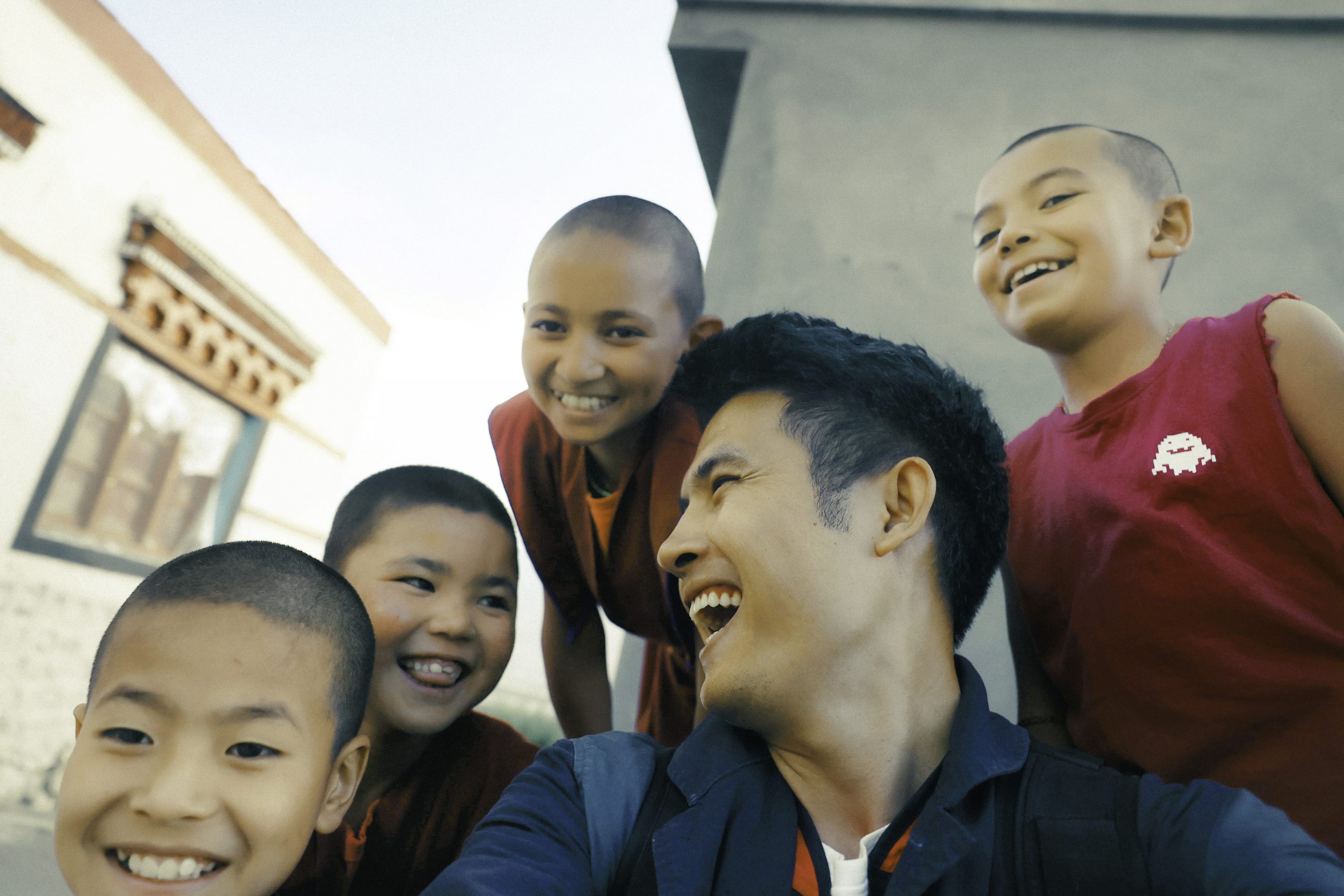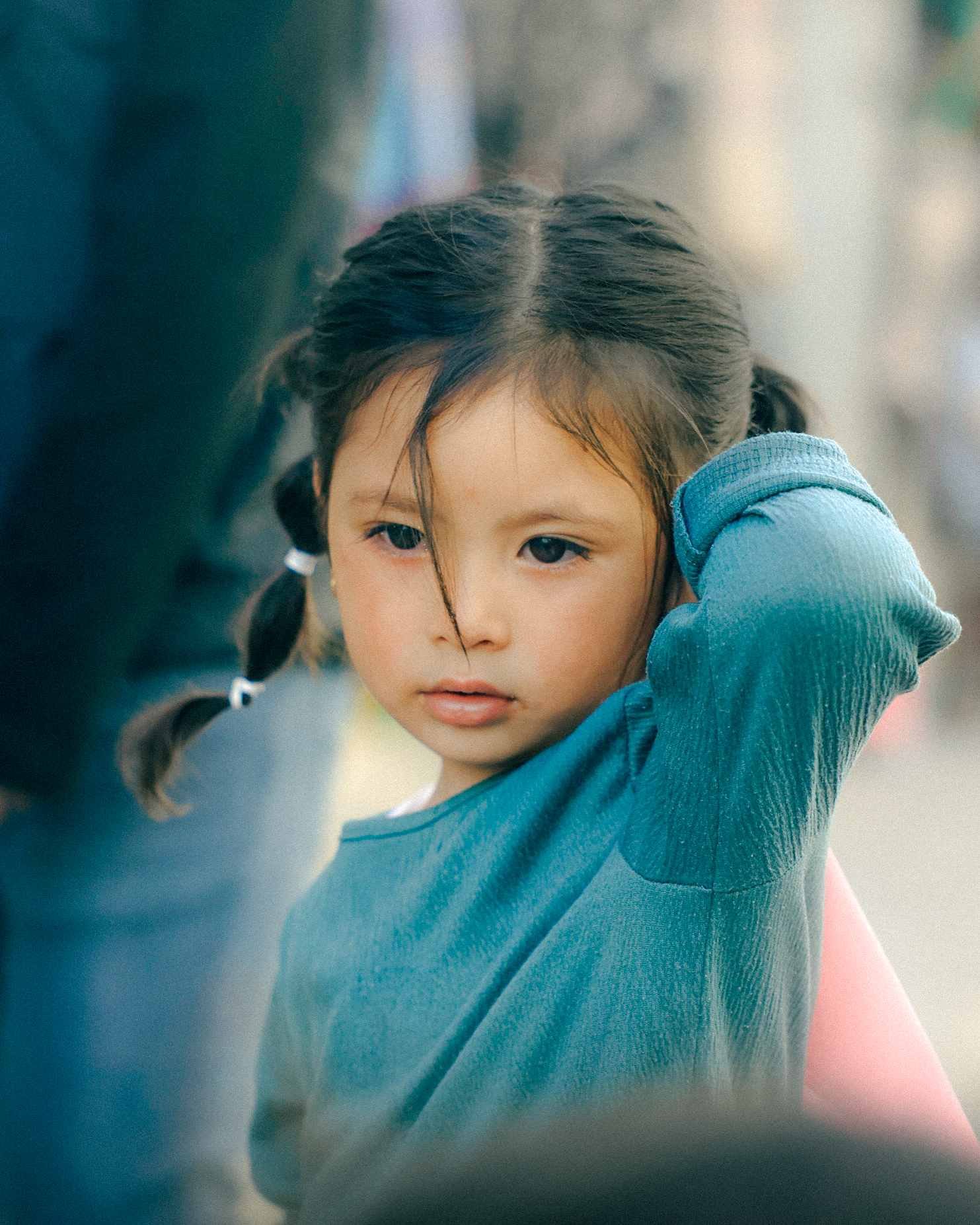Travel Blogger Chan La Ca
JULLEY LADAKH!
After exploring the Himalayas in Nepal, I set foot in Ladakh, a serene Buddhist region in northern India. Through the window, snow was thickly blanketing the distant mountain peaks. In the town of Leh, a few children followed their mothers to the market, and several vendors huddled on warm mats by the roadside, selling green cabbages and red apples freshly harvested from their backyards. Each time I visit Ladakh, these simple scenes lift my soul, bringing an unusual sense of peace. Julley (Hello) Ladakh!

That morning was beautiful, as the sun cast its first rays of the day over the town, and I, along with a local driver named Padma, set off from the center of Leh to the oldest Buddhist monastery in Ladakh. I turned to Padma and asked, “Uncle, what does Ladakh mean?”
“Ladakh means the land of high passes. It is famous for its towering passes, the majestic Himalayas, and its cultural and religious diversity. Apart from breathtaking sites like Nubra Valley, Khardung La Pass, Pangong Lake, Turtuk village, etc., this isolated region in the Himalayas is also known for its many Buddhist monasteries scattered throughout. The locals primarily earn their living from tourism. We also grow barley, apples, apricots, and vegetables and bring them to town to sell.”
As we drove along winding roads, Padma shared details about the lives of Ladakhi people, the peaceful villages, and the flourishing apple orchards during the harvest season. I rolled down the window to welcome the cold breeze, watching the colorful Lungta flags fluttering in the wind. In the distance, a bird spread its wings across the valley’s fields. So free and beautiful! Suddenly, I felt an immense sense of freedom in my soul!

Meeting young monks at an ancient monastery
After hours of passing through small villages on winding, windy roads filled with the distinctive sand and gravel of Ladakh, we stopped at a monastery perched on a hillside. It was a beautiful, ancient monastery surrounded by tall poplar trees, clouds, and snow blanketing the distant mountain ranges. The sight of a new visitor brought over a dozen children and several teachers out to greet me and chat, as if I were a long-lost relative returning home. With gentle smiles, everyone greeted me with “Julley, Julley”, a distinctive Ladakhi phrase for hello, goodbye, and thank you.
The teachers and some young monks insisted that I join them for lunch. Pushing aside a dark, heavy curtain to enter the kitchen, the young monks greeted me with laughter, offering me a plate of vegetable Momos and a bowl of hot egg soup. Under the school’s porch, we chatted happily and ate together. The kids were endlessly curious about Vietnam, and I shared stories about water buffaloes, lotus flowers in ponds, and fresh coconuts from my homeland.

After lunch, I followed the children into a small, cozy room typical of Ladakhi architecture. The ceiling was carefully covered with sturdy poplar wood beams. Around the room were large windows that welcomed natural light. After some laughter, the children turned on the TV to intently watch their favorite program. Behind the room, the sun cast strong white light through a thin curtain, warming us.
Looking into the pure eyes of these innocent children, I wished to be young again, to happily view the world through a clear lens. I wondered why people in such a harsh climate and terrain were so joyous and content, from the apple and apricot vendors at Leh market, to the wide-eyed, rosy-cheeked children amidst the Himalayan landscape, to the young monks at this ancient monastery. In their eyes, I saw peace and optimism.
Raising my camera, I captured an image of the young monks, their faces clear and radiant. I titled my photo “Acceptance Brings Peace”, realizing that acceptance, contentment, and gratitude for what we have makes life easier and the heart more at peace. I wandered around the ancient monastery a bit more before bidding farewell to the teachers and children, promising to return with small gifts from Vietnam next time.
The vehicle continued to roll, taking me over mountain passes, gliding past Buddhist monasteries perched precariously on mountain slopes, through deep valleys, and beside streams so crystal-clear I could see the bottom. The grandeur of Ladakh’s nature is difficult to put into words. Gazing through the window at the endless snowy ranges in the distance, all of a sudden, my favorite song started to play:
“When all the rain keep fallin’ down,
the world don’t stop spinning ‘round,
What’s in your heart, it’s hard to find,
But gettin’ lost is being found,
I hope I can find my paradise.”
(From the song “Paradise” by Stick Figure)
Indeed, perhaps I will stay in Ladakh a while longer, observing the Himalayan landscape through the innocent and pure perspective of a young monk. With the mindset of a child, I know that Ladakh and its majestic snow-capped mountains are my promised land in Northern India. Julley Ladakh!










